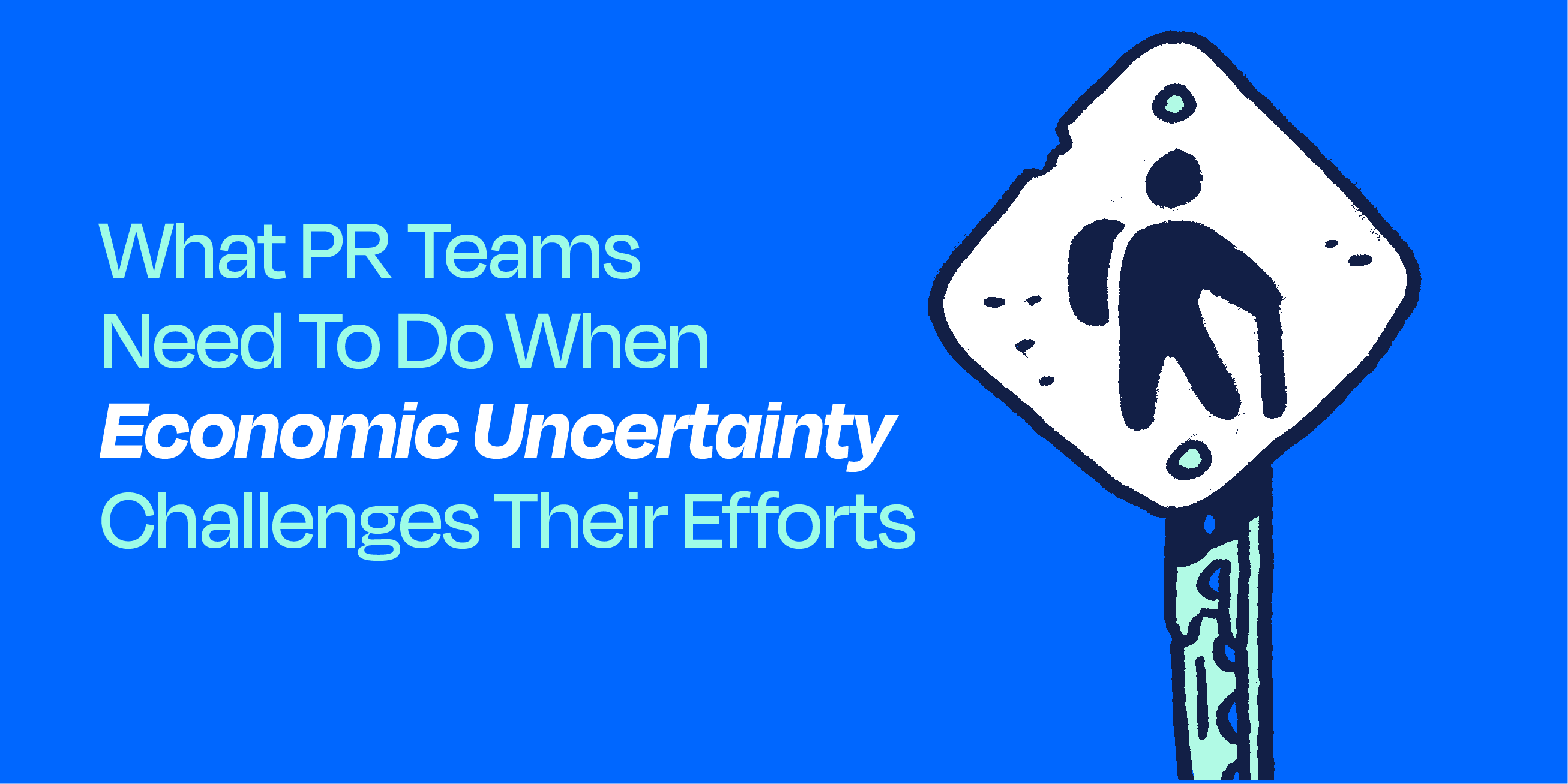Having been the marketer of marketers for some of the best advertising, PR, digital and content marketing agencies in the Twin Cities, I’ve learned a few tricks to keep you scrappy when you have fewer resources, but need to bring more to the table. If you don’t have the manpower to churn out high-quality pieces of content on the regular, you still have opportunities to drive results with the content library you do have at your fingertips. These tricks can be really helpful when trying to capture new audiences, increasing awareness across your industry, boosting site traffic and engagement on your digital platforms and even capturing the all-important marketing qualified lead.
When you look at your current content marketing programs, or even the last two or three pieces of content you’ve published, I’m sure you’ve covered some of the standard formats and channels in your marketing communications arsenal. Your content might have started as a whitepaper, been edited down to an easily digestible eBook, visualized into a work-of-art infographic and even been translated into a presentation for the upcoming webinar. That’s a ton! If you’re able to get this much out of one or two of your content pieces per year, you’re accomplishing a lot.
That covers the formats, but what about the communications channels? I’m sure, through this process, you were diligent about distributing the content through your company’s website, email marketing efforts, latest monthly newsletter, the 5-10 branded social channels you prioritize and through all the other channels that come through sharing the pieces with your sales team.
But what we’re going to talk about here is the often-forgotten, tier-two communications channels and formats that can reach new audiences and give you extra mileage out of your already valuable content.
What does repurposing your content look like?
One of Brandpoint’s key differentiators and a major part of our value proposition is the Content Marketing Operating System (CMOS). This topic has been shared, pitched and distributed across tons of different channels. Some of these include:
- American Marketers Association Event Programming: Create a 2018 Content Marketing Playbook
- Video snippets to be shared across YouTube: Content Marketing Operating System Part 4: Strategy
- PRSA Content Marketing Summit: How to Structure for Success
- B2B Marketing Zone (content aggregator): Your Guide to Brandpoint’s Proven Content Marketing Process
- Marketers’ Community Virtual Working Session: Content That Works
These are just a few examples. And, of course, this doesn’t represent the many social media posts, internal communications mentions, newsletter emails, blog posts, event invitations and other communications efforts that have come with this topic over the course of this content’s lifespan.
While I’ll be drawing from my years of experience learning from some of the best public relations practitioners in the business, many of these tactics and ideas come directly from the PR and corporate communications side of our profession. This is yet another proof-point of how having a fully integrated marketing communications understanding will give you so much more to work with when bringing value to your organization. Let’s get to them (finally).
1. Strengthen your media relations
Developing a strong relationship with the media on behalf of your organization can bring some great credibility to your brand and expand your awareness span ten-fold. And there are several different kinds of media that can be relevant to the content you’re already creating.
You might want to focus on key industry publications, websites or blogs to ensure your educational content is involved in important conversations that make your company an industry leader. Or throw some thought leadership pieces at a local (or national) business magazine or newspaper to demonstrate your organization’s growth trajectory or show off your executive leadership team.
Or combine several pieces of content into a larger pitch that tells the unique ways you’re displaying your value proposition, serving your community, growing your corporate team and/or doing new and innovative things at your organization. Daily newspapers love these types of business stories with deep information and distinctive angles.
Don’t forget to share those trend-packed, expert-written, thought leadership–based specimens with your favorite journalist, if just to build a long-term relationship, so you (and your executive team) can be a resource for opinions, quotes and insights on stories they’re already working.
2. Rely on internal communications
Often marketers forget, or simply ignore, some of the most important brand advocates out there — your fellow employees. Most of the time, the reason they tend to be passed over when distributing content is how hard it is to communicate within most organizations.
Think about the internal communications channels you might have within your organization. Whether it’s an intranet space for everyone to share, a group communications platform like Slack, Hangouts or Teams, or simply through email, these are the areas you can best reach your coworkers.
Now think about the ways they absorb information. Those ways are probably quick and to the point given our busy environment. In that case, make it easy for them by writing a templated post to use, share the hyperlink to the main info separately so they can easily copy and paste, and share an example of the post in the company’s social channel so they can click share. This may sound simple, but how often do you do this with EVERY piece of content you distribute?
3. Get your experts involved with events
Your company’s involvement in events can come about in many different ways, and you can work with several different types of organizations on many levels. Traditional media — industry organizations, business publications and third-party speaker series events — are ripe with opportunity to pitch subject matter experts and executive leaders as panel contributors, interviewers/interviewees and speakers at a keynote address. Sharing your opinion/expertise-based content with people who orchestrate these events on a regular basis can position your subject matter experts (SMEs) for many opportunities throughout the year.
Don’t forget sponsorships, too. When sponsoring events with a third party or hosting your own webinar, working session or in-person event, you can use these thought leadership and informational content assets to act as an extension on key learnings and topics.
4. Create an influencer strategy
Working with key industry, social media and business influencers is a great way to improve your company’s reputation and open new opportunities such as memberships, directories and even referral sources. These credible influencers share opinions and topics similar to what you’re sharing and to similar audiences. And for them, using outside material is common practice in their day-to-day activities. Nothing is better than a shout-out on LinkedIn, a newsletter mention or a tip-of-the-hat at an event from influencers who have a large, targeted audience that aligns with yours.
5. And the rest:
Wait a minute. The title said five ideas, not four. Glad you’re still with me. These last few ideas might be less organized, but provide value all the same.
Video marketing
It’s not a surprise to know video is the most preferred way of reading content. In fact, 54% of B2B buyers we surveyed say they are likely to engage with short-form videos when making purchase decisions, according to Forrester Research.
So, why are some of us dragging our feet? Production value has been a barrier for many years, but the onslaught of new technology in phones and devices has helped. But now, with the pandemic, we’re even more engaged by video and the availability it provides. With the mass use and acceptance of Zoom, Teams and Google Meet, hitting record and send is just that much easier. Looking for more ideas around video?
LinkedIn groups (and other conversation areas and meet-ups)
There’s certainly been an uptick in conversation and engagement in different types of virtual discussion platforms in the last 12 months, and you shouldn’t forget to take advantage of that. LinkedIn Groups (that you or your brand are involved in) are a great place to share educational content and thought leadership pieces to help spark conversation, drive opinions and bring awareness to issues that are relevant to your target audiences.
Crisis communications
This can be a tough one to talk about. But ask any crisis and issues management experts, “What is a great way to manage bad news online?” and they’ll tell you that overwhelming the bad news with good news works every time. Not to say you should cover anything up, but positioning your company (or executive leader) with positive stories and content relevant to your brand in new and different ways like reposting evergreen content, sharing them in other channels, and publishing more to social media can help shine the light on the good, and overshadow the bad.
Guest blogging
Now that you’re sharing with all these new channels, experts and influencers, it’s time for your SMEs to start branching out more.
Start your content promotion plan today
Hopefully, some of these ideas are actionable for you right away. Sometimes it’s about sharing your content more often with internal communications people, your company’s public relations practitioners, your top executives and more.
And don’t forget! Your personal social channels are important. You are (or should be) the biggest brand advocate in your organization, and sharing this great thinking through LinkedIn, Facebook, Twitter, along with many other personal channels, is the best idea out there.






